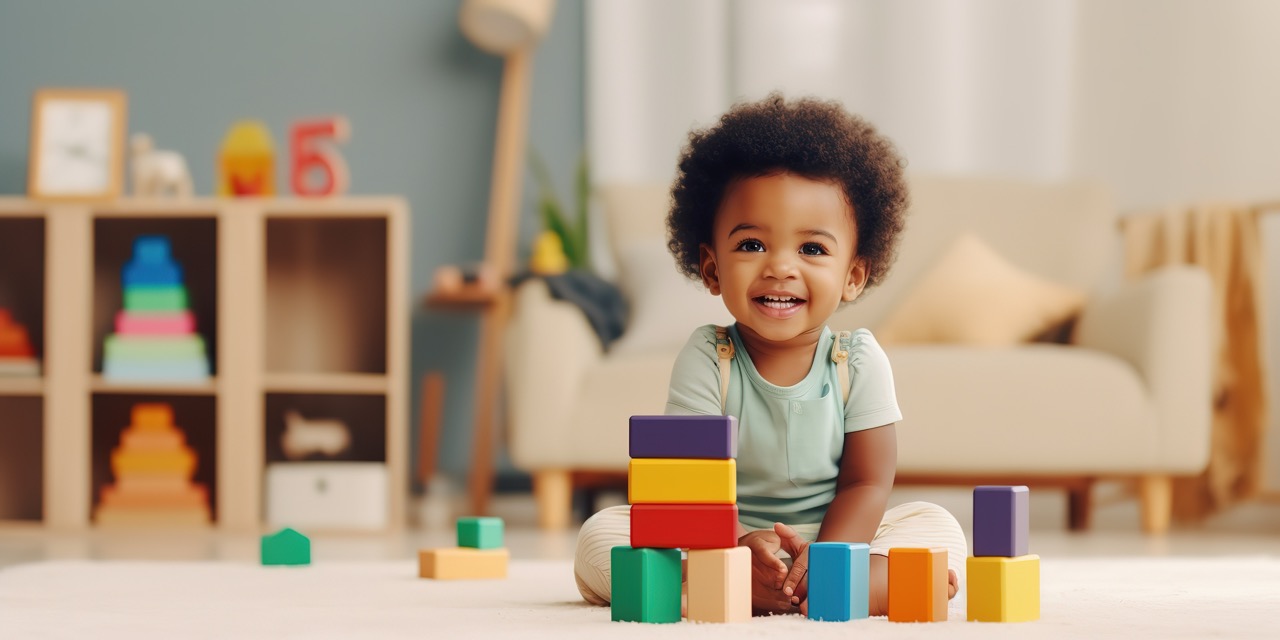Exploring the minds of infants is a fascinating journey, made even more thrilling by today’s sophisticated neuroimaging techniques. But how do we choose which technique to use, what exactly are these techniques capturing, and how do they work?
Babies mostly learn about the world with their eyes wide open. And this is where things can get a bit tricky. See, babies aren’t exactly known for sitting still. That’s why it’s super important for our tools to be resistant to what scientists call “movement artifacts.”
Basically, even if a baby wiggles or turns, our equipment has to keep on accurately measuring brain activity.
So, let’s look at two tools used at the early development research group at UBC.
Electroencephalography (EEG)
Picture this: a soft, net-like cap fitted with sponge-like sensors that gently adhere to the scalp. This unique cap reads the minuscule electrical signals produced by the brain’s activities. That’s EEG for you. We use it to understand how the baby’s brain reacts to sounds, images or other stimuli, and compare responses to different stimuli.
For example, in one of my early studies, we found that babies as young as 5 to 7 months could tell the difference between the sounds ‘ba’ and ‘ga.’ Not only that, but they could even recognize the voice of the person saying those sounds!
Functional Near-Infrared Spectroscopy (fNIRS)
Now, envision a lightweight headband equipped with emitters that send safe, low-level beams of light into the brain. fNIRS functions like a special camera, capturing the flow of blood within the brain’s tissues. Active brain regions require more oxygen, directing more blood flow toward them. These light beams enable us to visualize this blood flow and, in turn, identify what areas of the brain are engaged during specific tasks. The beauty of fNIRS is its flexibility; babies are free to move a bit, making it ideal for observing the brain in more natural scenarios. For instance, one of our pilot studies explored infants’ brain activities while they played with toys, and discovered that handling the toys activated their left temporal cortex, a region around the temples.
The Road Ahead
Understanding the tools we use is the first step in grasping the complex journey of infant brain development. Each method offers us a unique lens to peek into this mysterious world. At UBC’s early development research group, we use EEG and fNIRS to uncover the secrets of the young mind, inching us closer to a fuller understanding of early development.
And so, our thrilling adventure in the field of infant cognitive neuroscience continues.
OLA DOPIERALA IS A POSTDOCTORAL RESEARCH FELLOW WITH THE DEPARTMENT OF PSYCHOLOGY AT UBC.
